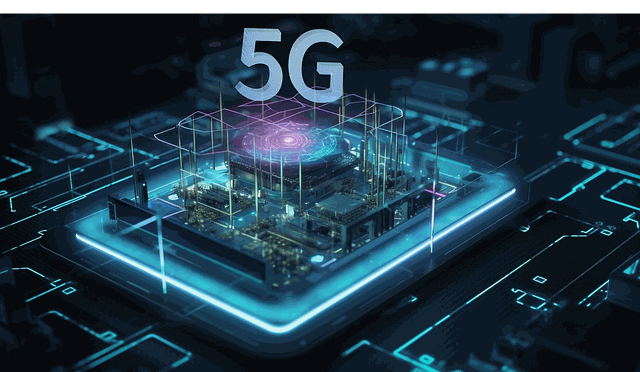5G technology has important positive impacts and technical support for the development of artificial intelligence, mainly reflected in the following aspects:
1. High speed and low latency. 5G networks have faster speeds and lower latency, which helps AI systems collect and process massive amounts of data, especially real-time data. This can support AI to make quick decisions and analyses in more scenarios.
2. Large connection scale. A single 5G base station can support millions of connections, which enables AI to collect more data sources through the 5G network, expand the training scope of algorithms, and improve its breadth and depth. This is very important for improving the accuracy and generalization ability of AI.
3. Edge computing. 5G networks can provide powerful computing resources at the edge side to reduce data transmission. This can provide AI with more powerful and low-cost computing power, especially suitable for scenarios requiring low latency response. This will enhance the inference and learning capabilities of AI on mobile and embedded devices.
4. Network slicing. The 5G network slicing function can provide AI with isolated and secure dedicated network environments, which will reduce latency and increase stability and security for data transmission and reasoning, facilitating the practical application and deployment of AI.
5. Sensor enhancement. 5G can be deeply integrated with wider and more precise sensing technologies to provide AI with richer and more accurate raw data, which can be used to train AI models and improve their perception and understanding abilities.
In summary, 5G technology provides AI with important infrastructure and technical support in areas such as high speed, low latency, large connections, edge computing, and network slicing. This will accelerate the landing, deployment, and application of AI in more extensive scenarios. The deep integration of 5G and AI will drive industrial transformation and upgrading and create new opportunities and models.







